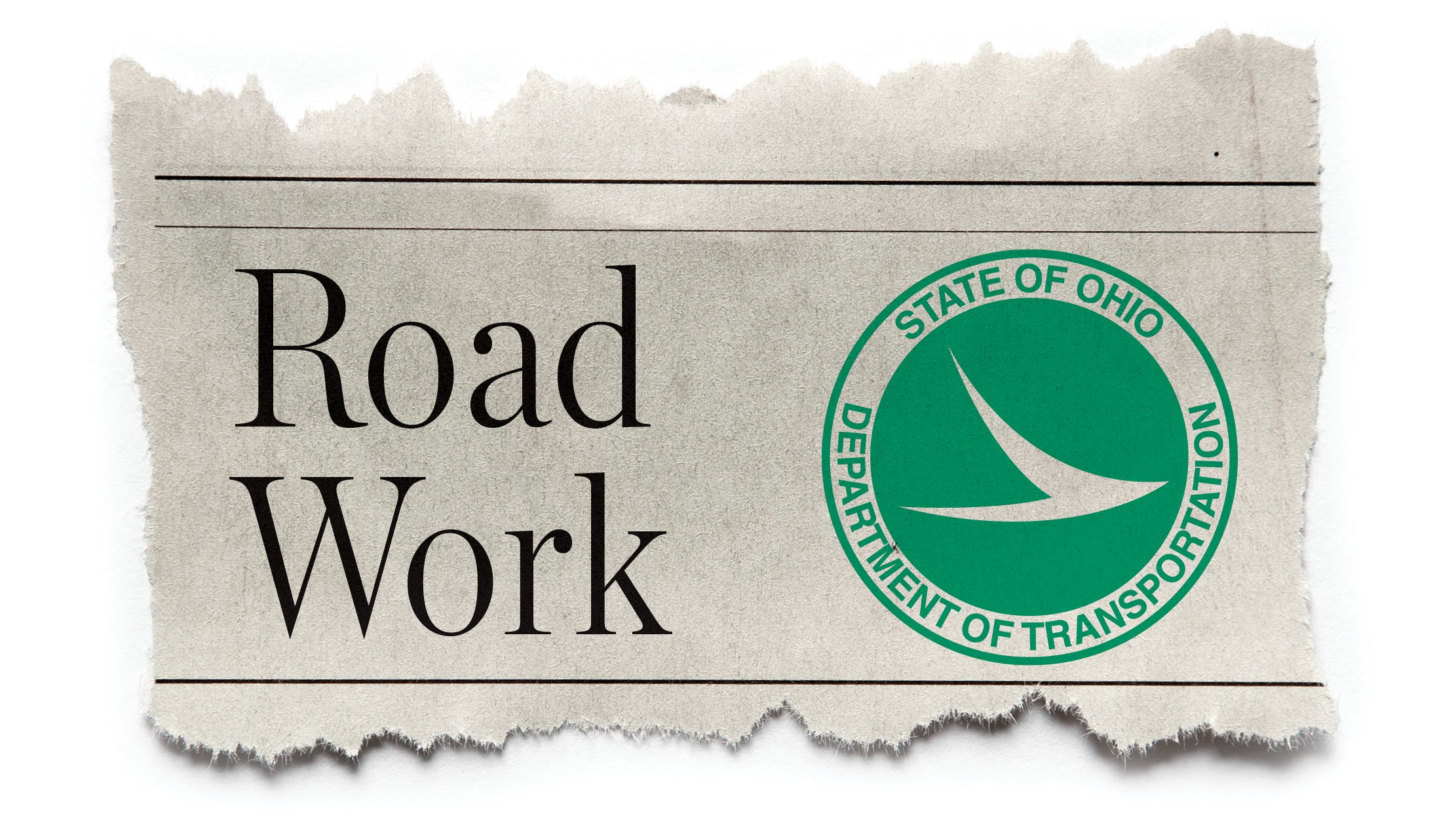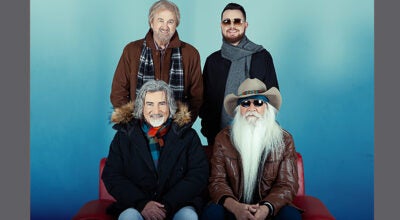Old vets are gone, but never forgotten
Published 8:28 am Wednesday, May 30, 2018
By Bob Leith
Decorating the graves of war dead was an ancient pagan custom. From ancient times, people have memorialized their outstanding athletes and military personnel.
The Persians, Greeks and Romans especially remembered the sacrifices of their warriors. Even the Vikings, much later, sent their funeral ships honoring their dead heroes toward the west.
Here in the United States, ceremonies honoring Americans who gave their lives for their country first were known to be celebrated on “Decoration Day.”
From the accidental death of Union Pvt. Daniel Hough at Fort Thomas Sumter on Sunday, April 14, 1861, through the deaths encountered in the battle of Palmito Ranch, Texas, from May 12-13, 1865, over 618,000 American soldiers died (“Billy Yanks” and “Johnny Rebs” combined) in the American Civil War.
Nearly 4 million Civil War soldiers had joined their respective armies from 1861-1865. Albert Woolson, the last of 2,265,000 Yankee soldiers, was buried on Aug. 6, 1956, at age 109. Walter Williams, the last Confederate soldier, was buried on Dec. 23, 1959. He was 117. These “old vets” answered their final roll calls.
There is lingering controversy as to the geographic origins of today’s Memorial Day. The American holiday definitely originated in the South.
In the spring, before the close of the Civil War, women and children decorated the graves of their dead soldiers with flowers. After the war, Confederate veterans were encouraged to march, in their uniforms, to the cemeteries to witness the “laying of the flowers.”
For a generation after 1868, the day was consistently observed as “Decoration Day.
Within a year after the conclusion of the Civil War on April 26, 1866, Southern women from Columbus, Mississippi (Lawndes County in northeastern Mississippi), had begun the custom of decorating the graves of the Confederate dead at nearby Shiloh battlefield. Those women also strewed the flowers upon the graves of the Union dead there.
Carbondale, Illinois lays a claim to holding a local and very informal Memorial Day observance on April 29, 1866. In 1966, the United States government certified Waterloo, New York as the official birthplace of Memorial Day. The residents of Waterloo officially honored soldiers who had died in the Civil War on May 5, 1866, by closing all businesses and decorating soldiers’ graves there.
To add “national official status” to Memorial Day, history must refer to the closing of an order, written by Gen. John Alexander Logan, national commander of the Grand Army of the Republic. In Logan’s order, Number 11, he uttered: “Let no ravages of time testify to coming generations that we have forgotten as a people the cost of a free and undivided republic.” This order Number 11, ordained May 30, 1868, as a day to honor the dead of the Union cause in the Civil War.
Proud Confederates were not about to forget their heroes of “The Lost Cause.” Deep into the 20th Century, southern states publicly and vigorously celebrated their own Confederate Memorial Day on different dates. These dates were associated with the following events of the late Confederate Sates of America: Gen. Joseph E. Johnson’s surrender, Jefferson Davis’ capture, Jefferson Davis’ birthday, and Robert E. Lee’s birthday.
Sectional divisions concerning the memorial event began to fade with the passage of time and the deaths of the last Civil War veterans.
After World War I, a national Memorial Day spirit emerged. The last Monday in May was made a federal holiday by a law passed in 1971. Memorial Day now remembers all veterans of all American wars. Incomparable ceremonies are held at Arlington National Cemetery and at Gettysburg National Park on Memorial Day.
Parts of today’s American South still cling to yesterday’s Civil War. After the passing of Confederate veterans, die-hard southerners began to revere the living widows of Civil War veterans.
On May 31, 2004, Alberta Martin, said to be the last widow of a Civil War veteran, died in Enterprise, Alabama. Mrs. Martin’s body lay in repose at the “First White House of the Confederacy” in Montgomery, as Gov. Bob Riley placed a wreath of magnolias beside her wooden casket. This poor sharecropper’s daughter, born in 1906, was the “Belle of 21st Century History Buffs.”
She was a 21-year-old widow with a young child when she met and married 81-year-old Confederate veteran William Jasper Martin in 1927. Mr. Martin served as a private in the 4th Alabama Infantry Regiment. He died in 1932.
“Miz Alberta” was confined to a wheelchair in later years, but Civil War re-enactors took her to Sons of Confederate Veterans’ events all over the United States. She was a celebrated “final link” to the Confederacy. She died in 2004, as the United States was celebrating Memorial Day. Confederate re-enactors in full uniforms walked beside the horse-drawn casket carrying 97-year-old Ms. Martin in Curtis, Alabama. The funeral was patterned on those of the 1860s.
Many times during Memorial Day ceremonies, Abraham Lincoln’s Gettysburg Address is recited. Although Gen. Logan is credited with establishing a national Memorial Day, he is often accused of doing so for personal political advantage. This best know of Lincoln’s political generals may have used the war dead to “wave the bloody shirt” whenever political party gain was in sight.
Whether or not Logan established Memorial Day for political gain, it is clear that our nation, our state, Lawrence County and Ironton have made a sincere commitment to resolve that “these dead shall not have died in vain!”
C. Robert Leith is a retired history professor from Ohio University Southern and Rio Grande University.




